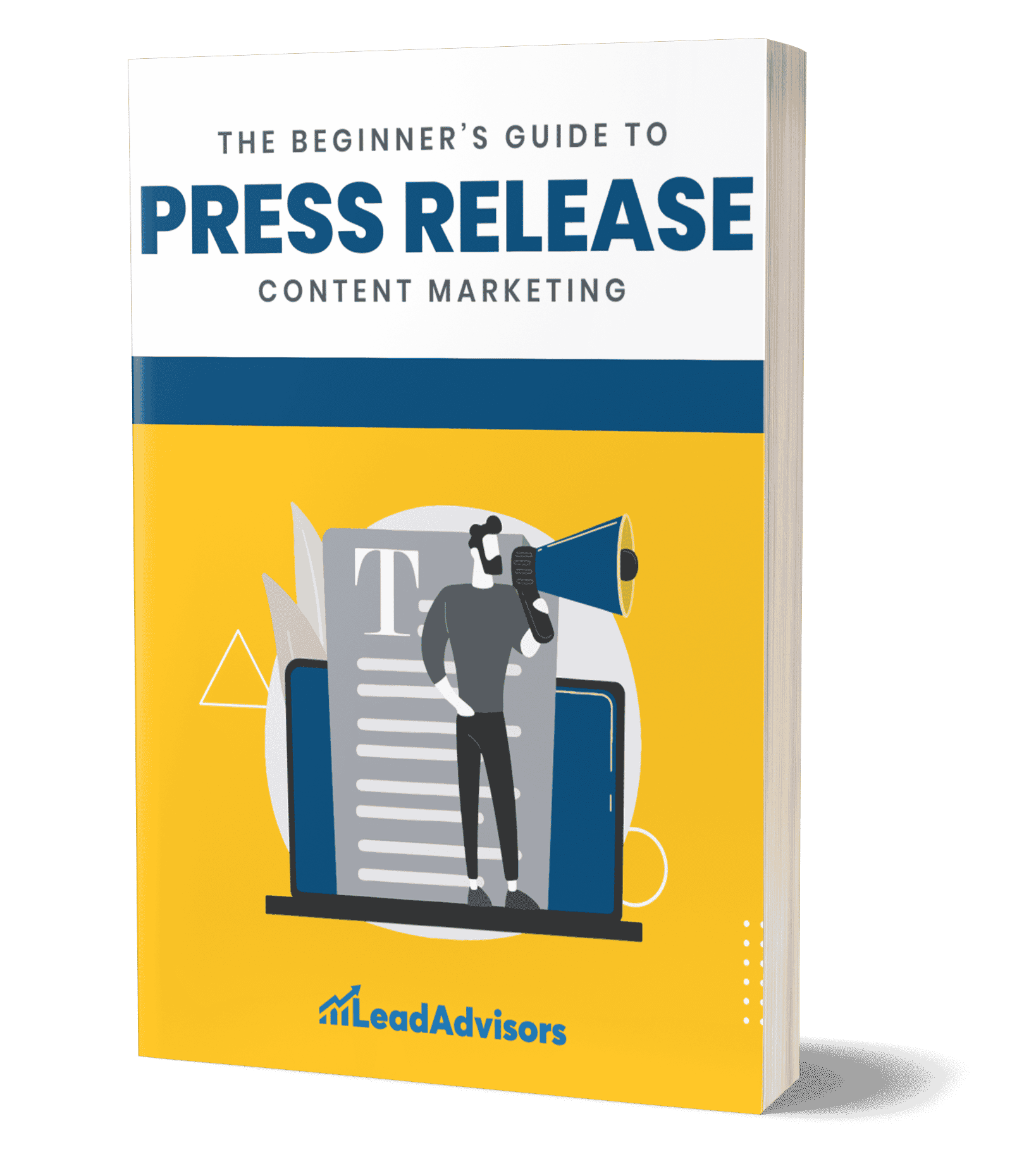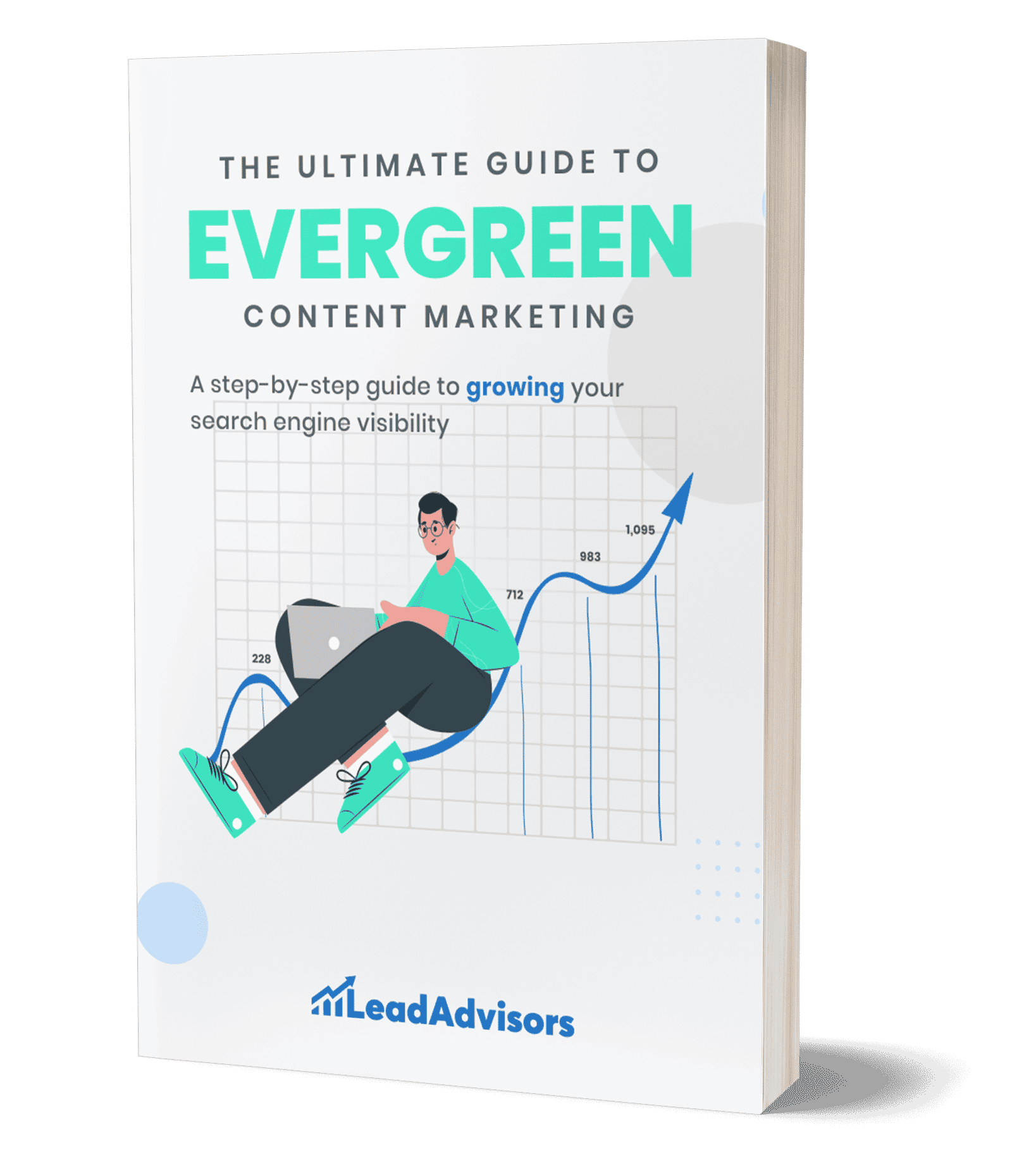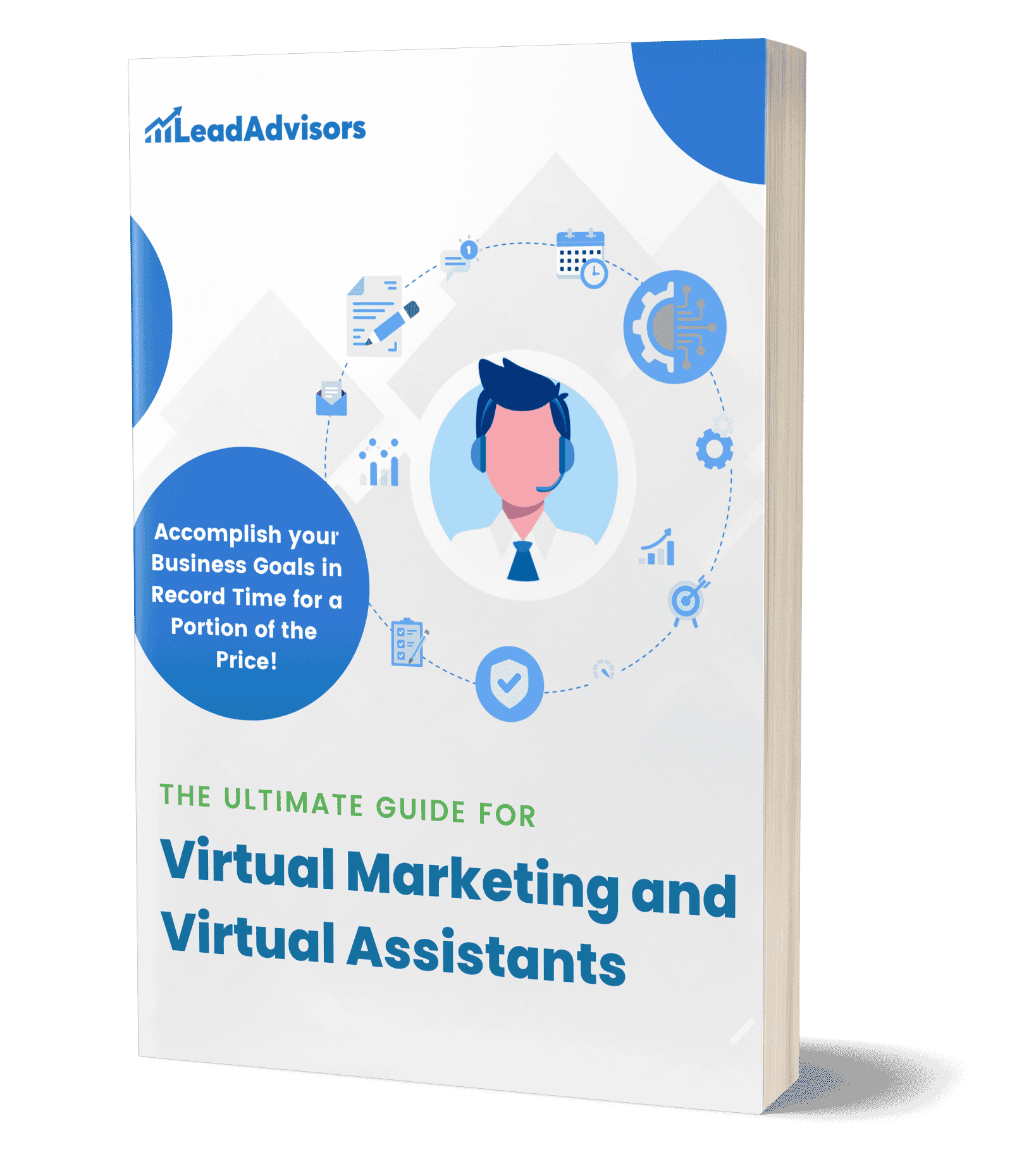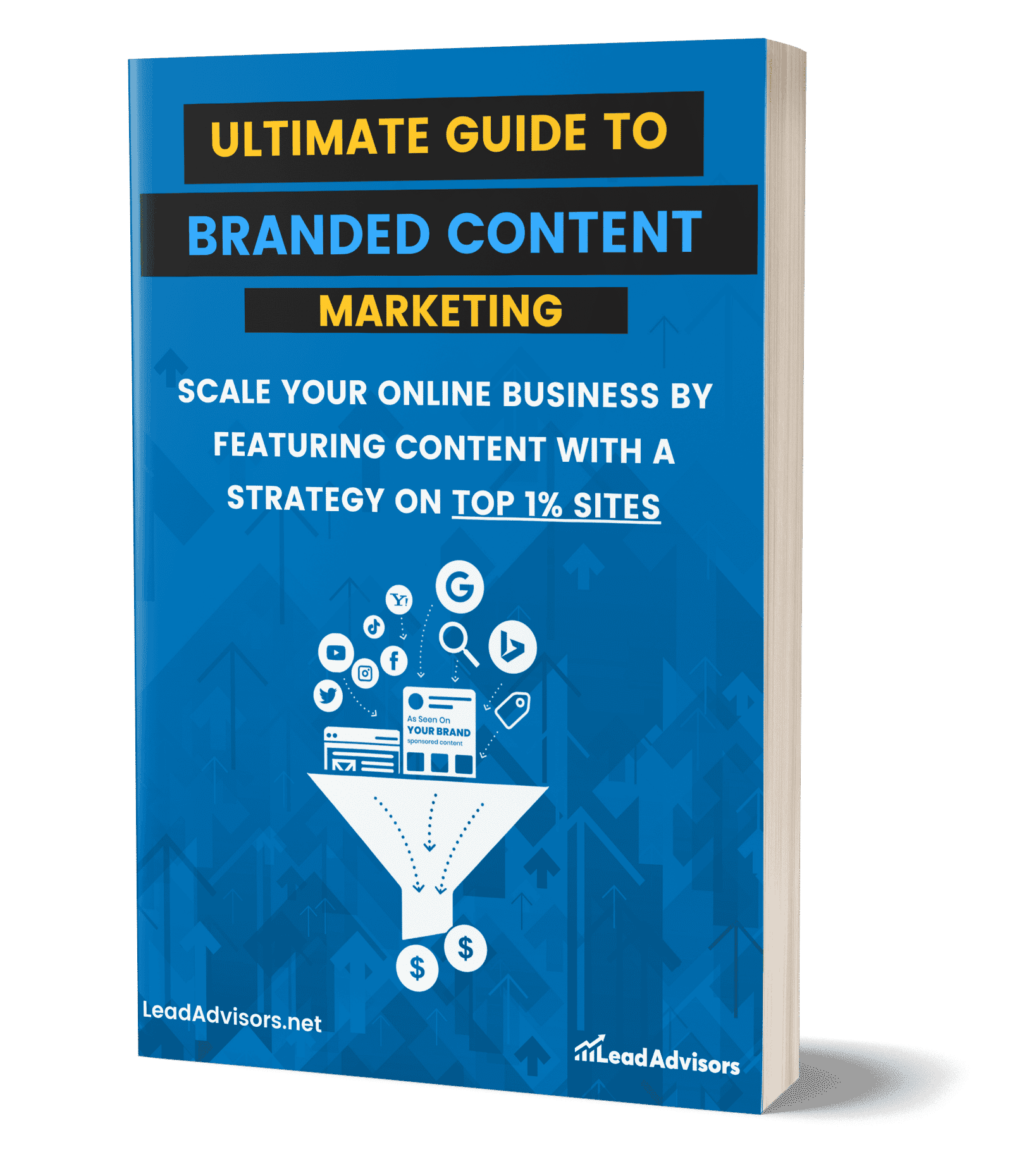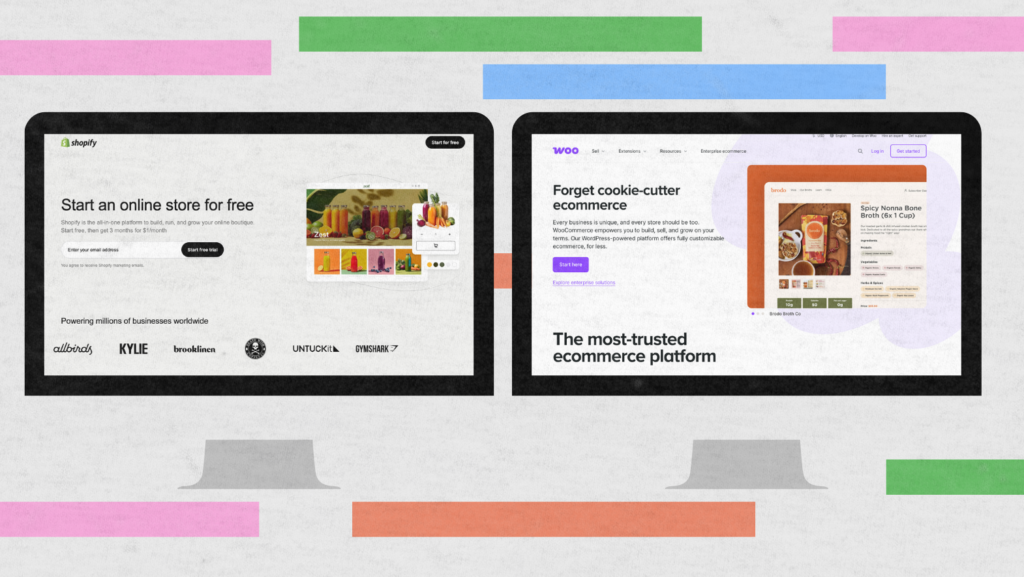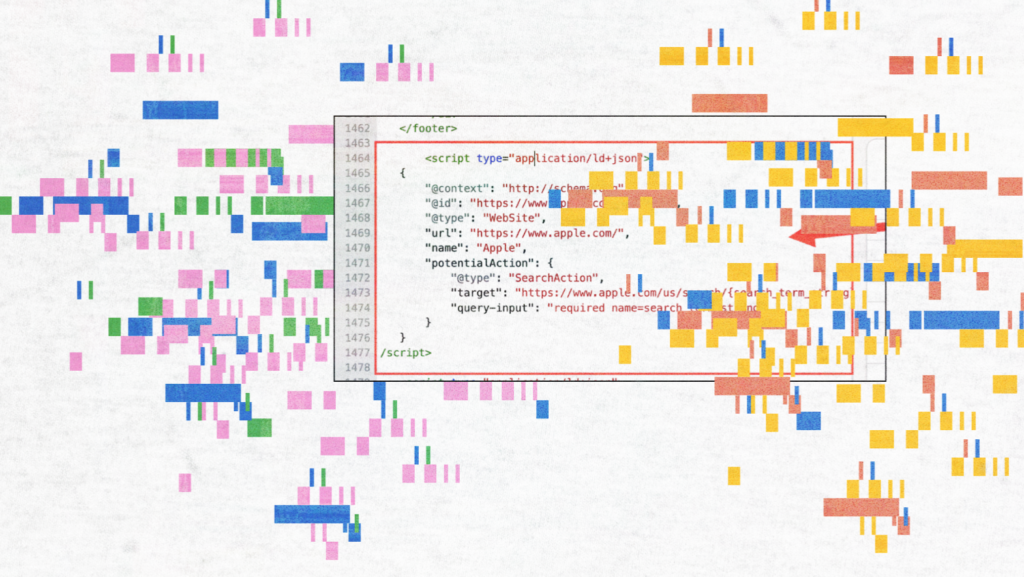What is Substack, and why is it such a game-changer? You don’t need a massive audience or fancy tools to start making money from your writing. With just your voice and a laptop, Substack helps you launch a blog and email newsletter – and even get paid.
It’s a blogging platform built for independent writers. In one place, you can grow your email list, offer free or paid subscriptions, and connect with your subscribers through Substack Notes or discussion threads.
In this guide, I’ll show you how to:
- Set up your Substack newsletter
- Build your community
- Monetize through subscription revenue.
- Decide if Substack is the right fit for your journey as a content creator
Let’s dive in!
What Is Substack?
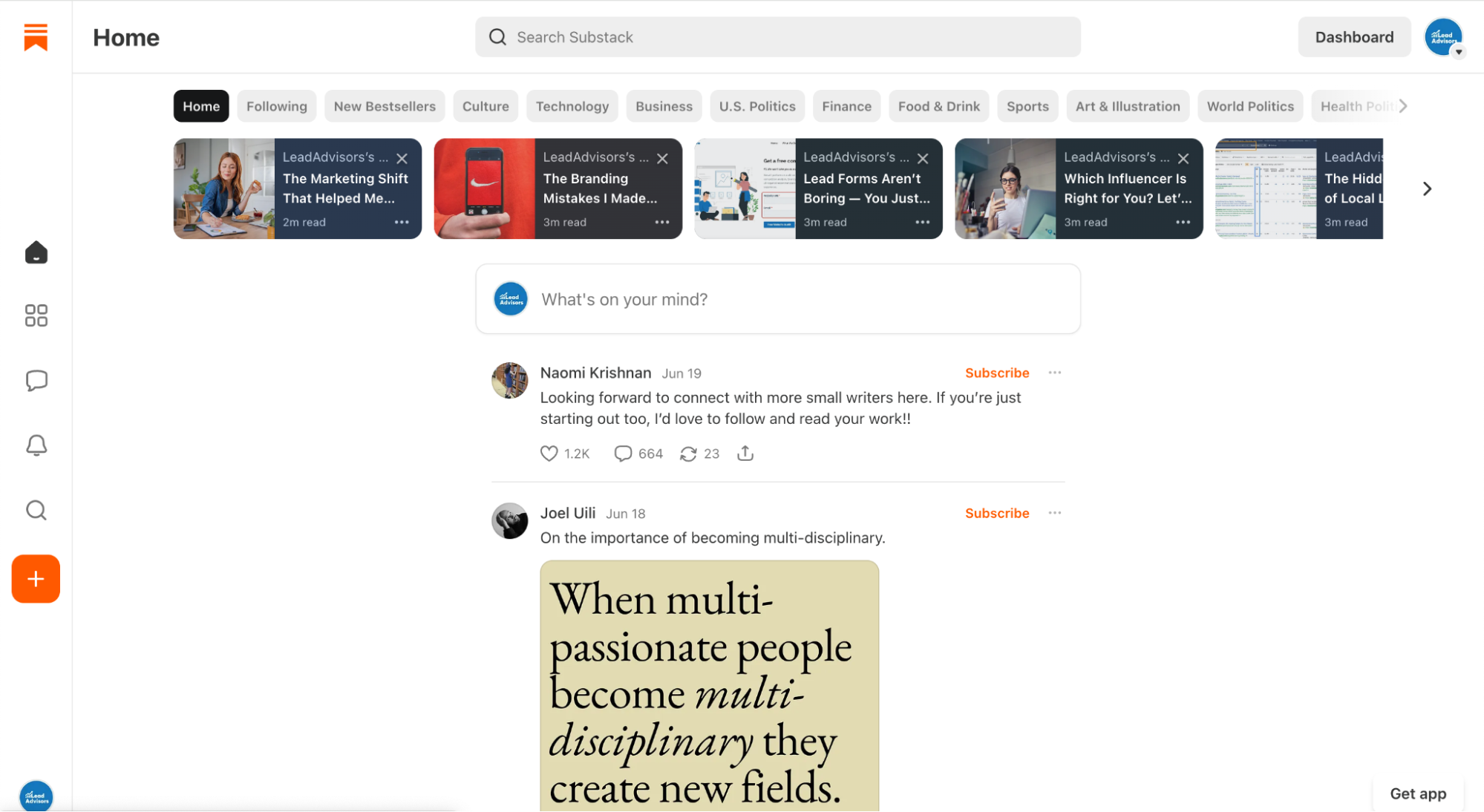
So let’s break it down. Substack is a newsletter-first platform that combines all the tools a modern creator requires – think email marketing, a personal blog, and the interactive feel of social media – wrapped up in one easy-to-use platform.
Longer-form posts with more detail can be written, along with quick updates, and you can publish both videos and podcasts and start discussion threads with your audience. It’s not just for writers either – if you’re a content creator of any kind, there’s room for you here.
What makes it stand out? Substack’s model is all about putting creators first. You own your subscriber list, you set your prices, and you get paid directly (less the platform takes and Stripe fees, of course). There’s no complicated payment system or middleman. And yes, you can offer free and paid subscriptions, which means you control how your work gets shared and monetized.
One reason people are flocking to Substack today is that they are exhausted. They’re tired of playing the social media game, battling for likes, trying to game mysterious algorithms, and seeing their visibility vanish overnight. Substack offers something refreshingly stable – direct access to your readers right in their inbox.
If you’ve been craving a more focused, personal way to publish and connect, this might be it.
How Substack Works
Substack is refreshingly simple once you understand the flow. Here’s how the platform functions from both the creator’s and reader’s perspectives.
Free vs Paid Subscriptions
Substack gives you two clear publishing options: free subscriptions and paid subscriptions. Many independent writers (myself included) begin by giving away content to draw readers in. Once you’ve built trust and established a rhythm of engagement, you might gradually introduce paid subscribers to special content or bonus posts.
Paid options give you control over subscription revenue. You decide what to charge and what gets paywalled – and Substack takes a small cut, along with Stripe fees, to process payments.
Reader Experience: Email + App
Substack offers you two obvious publishing pathways: Free subscriptions and paid subscriptions. A lot of independent writers (myself included) start by giving away content to draw in readers. After you’ve gained trust and momentum, you might consider unlocking special content or bonus posts for subscribers who pay.
Paid plans allow you to control subscription revenue. You determine what to charge and what to put behind a paywall – and Substack takes a small cut, plus Stripe fees, for payment processing.
Subscribers vs Followers
Substack makes a clear distinction between followers and subscribers:
- Followers are casual readers who haven’t signed up with their email.
- Those subscribers are the people who opted in, and among those, paid subscribers are how you financially support your work.
This multi-level approach provides greater flexibility for segmenting your audience and providing targeted content experiences.
Built-In Community Features
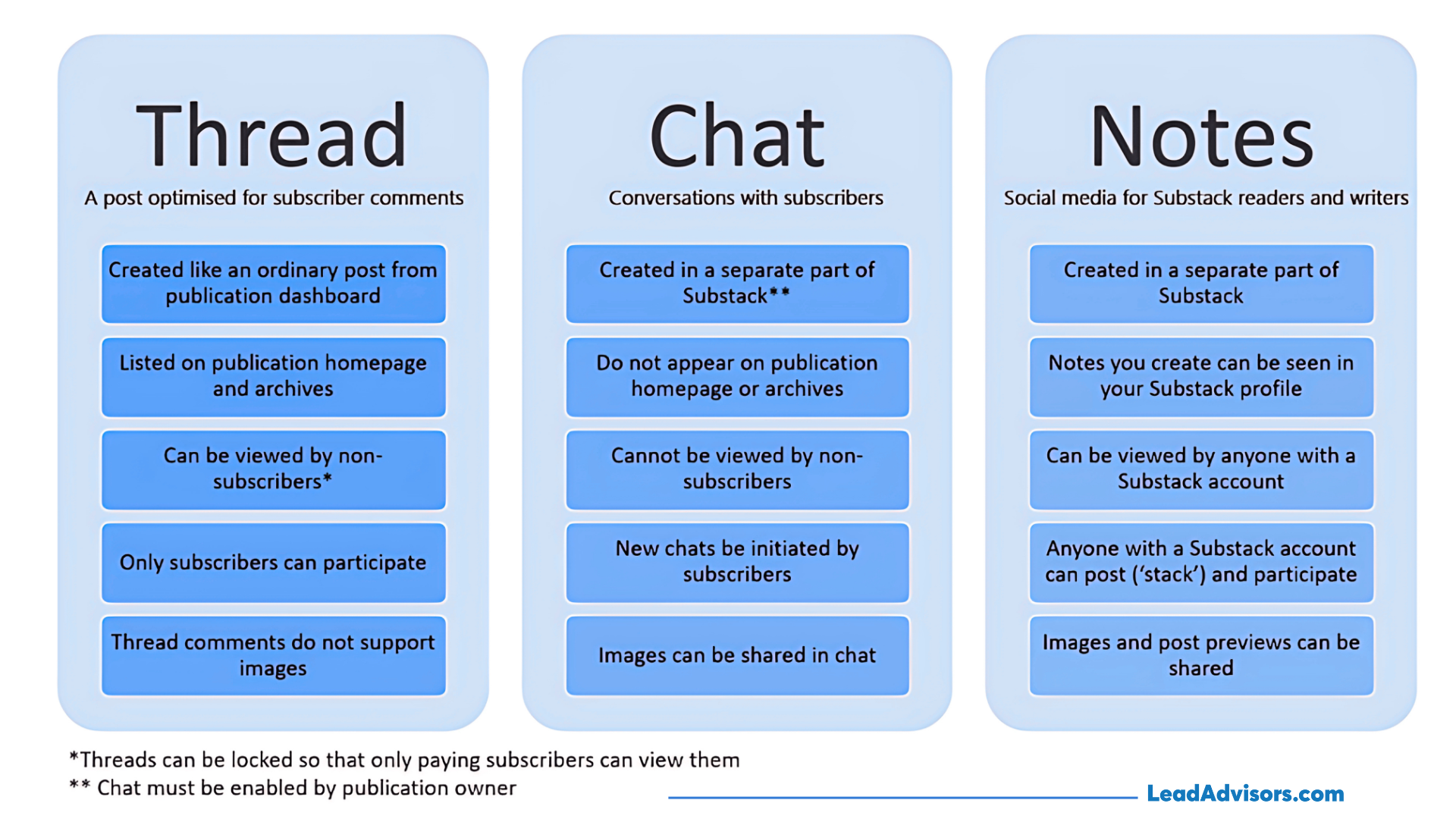
Engagement isn’t an afterthought on Substack. The platform offers tools that help you connect with your audience regularly:
- Comments: Readers can respond directly to each post, creating an open dialogue.
- Substack Notes: These short-form updates allow for more casual, social-style sharing.
- Chat: Consider it a private space to start live conversations or gather feedback.
These features encourage a sense of community and bring readers back not just to read but to participate.
Who Is Substack Best For?
Not every platform fits every creator, and Substack is no exception. Based on my experience and how the platform works, here’s who thrives on it… and who might want to explore other tools.
Best Fit: Creators Who Want to Own Their Audience
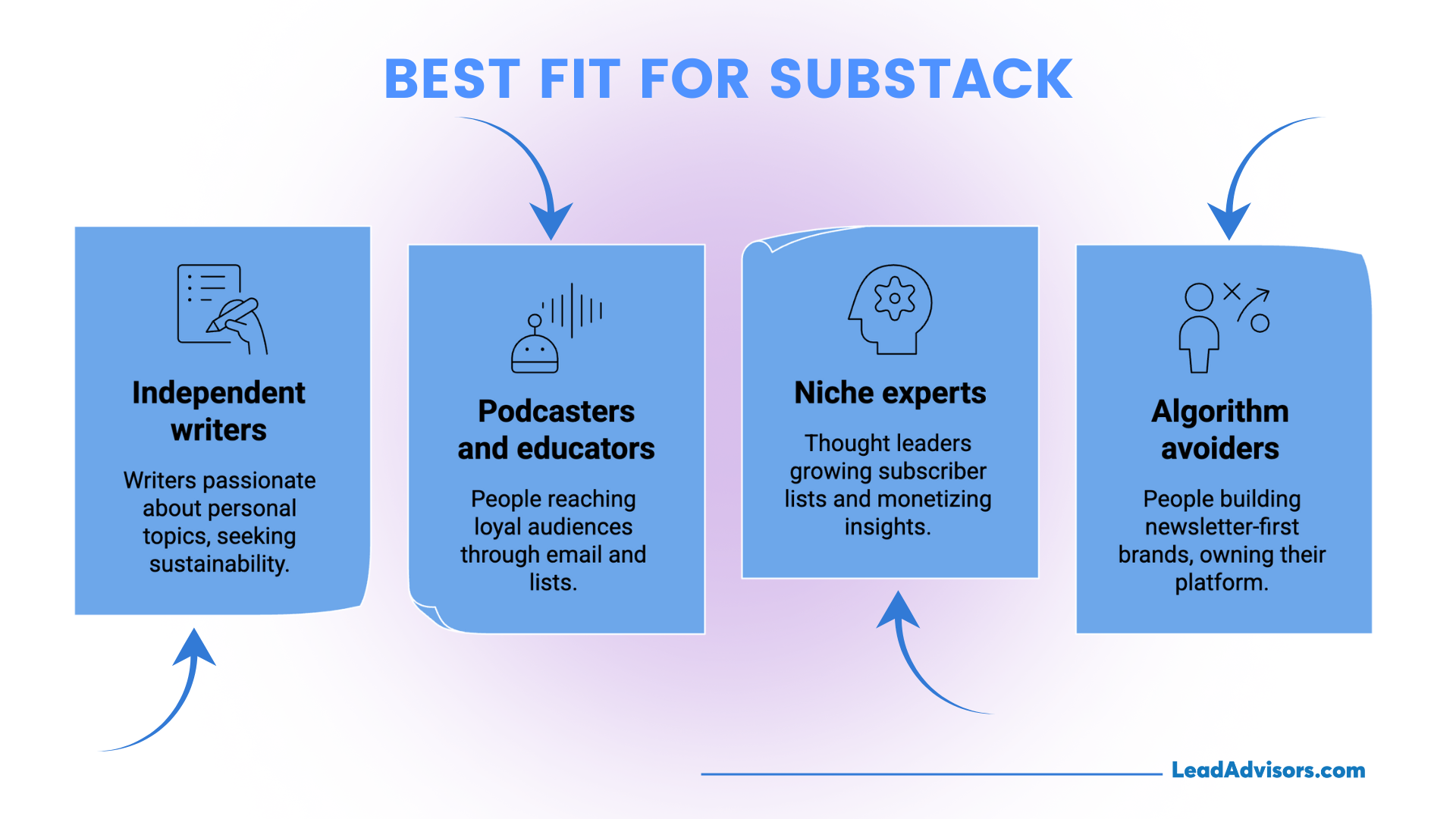
Substack is perfect if you’re looking for a direct, no-middleman way to publish and connect. These are the folks who tend to love it:
- Independent writers who want to turn their passion for personal writing into something sustainable
- Podcasters and educators who want to reach a loyal audience via the inbox and email list
- Niche experts or thought leaders looking to grow a subscriber list and monetize their insights.
- Anyone tired of feeding the algorithm – and ready to build a newsletter-first brand where they own the platform, the audience, and the revenue stream
It’s a tool built with the content creator in mind. You can publish, promote, and create relationships – all from one place.
Less Ideal: When Substack Might Not Be the Right Fit
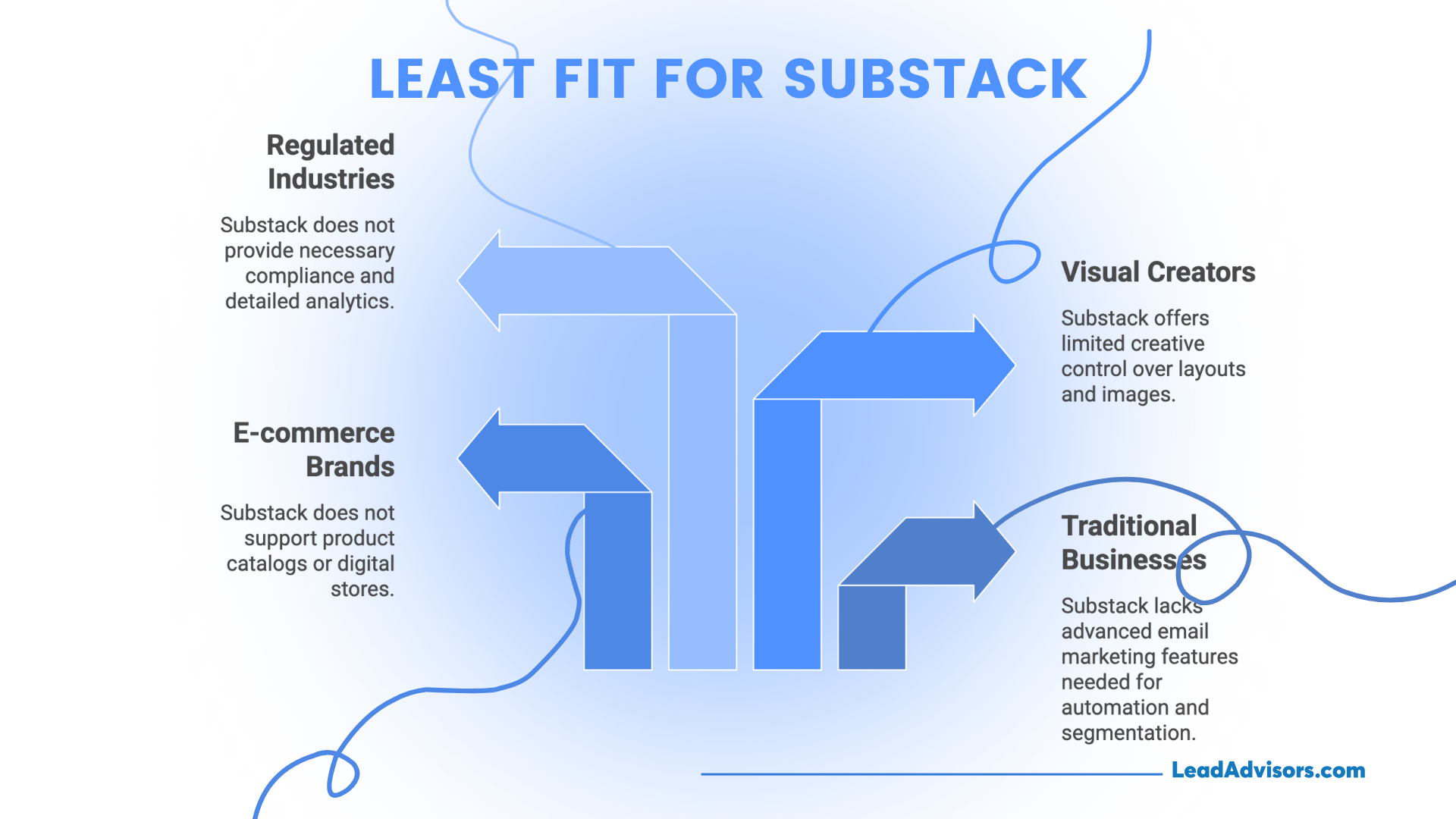
That being said, Substack is not one-size-fits-all. Here’s where it could come up short:
- Traditional businesses that rely on advanced email marketing features like automation, segmentation, or funnel building
- Brands in e-commerce companies are interested in getting their product catalogs connected or creating their digital stores.
- Visual-first creators, such as photographers, designers, or illustrators, who want more creative control of layouts and images
- Non-profits, legal practices, or compliance-based industries that live and breathe for compliance and analytics analogies
While Substack is fantastic for publishing and monetization, it doesn’t replace full-featured marketing platforms. It’s more of a personal storytelling and writing-focused space, which is precisely why many Substack users love it.
How to Get Started on Substack (7 Simple Steps)
Getting started with Substack is refreshingly straightforward – no tech background is required. If you’re a writer, a podcaster, a teacher, or someone with a singular idea, these recommendations can solve everything and lead you on a journey from start to launch of your own Substack newsletter.
1. Create Your Profile
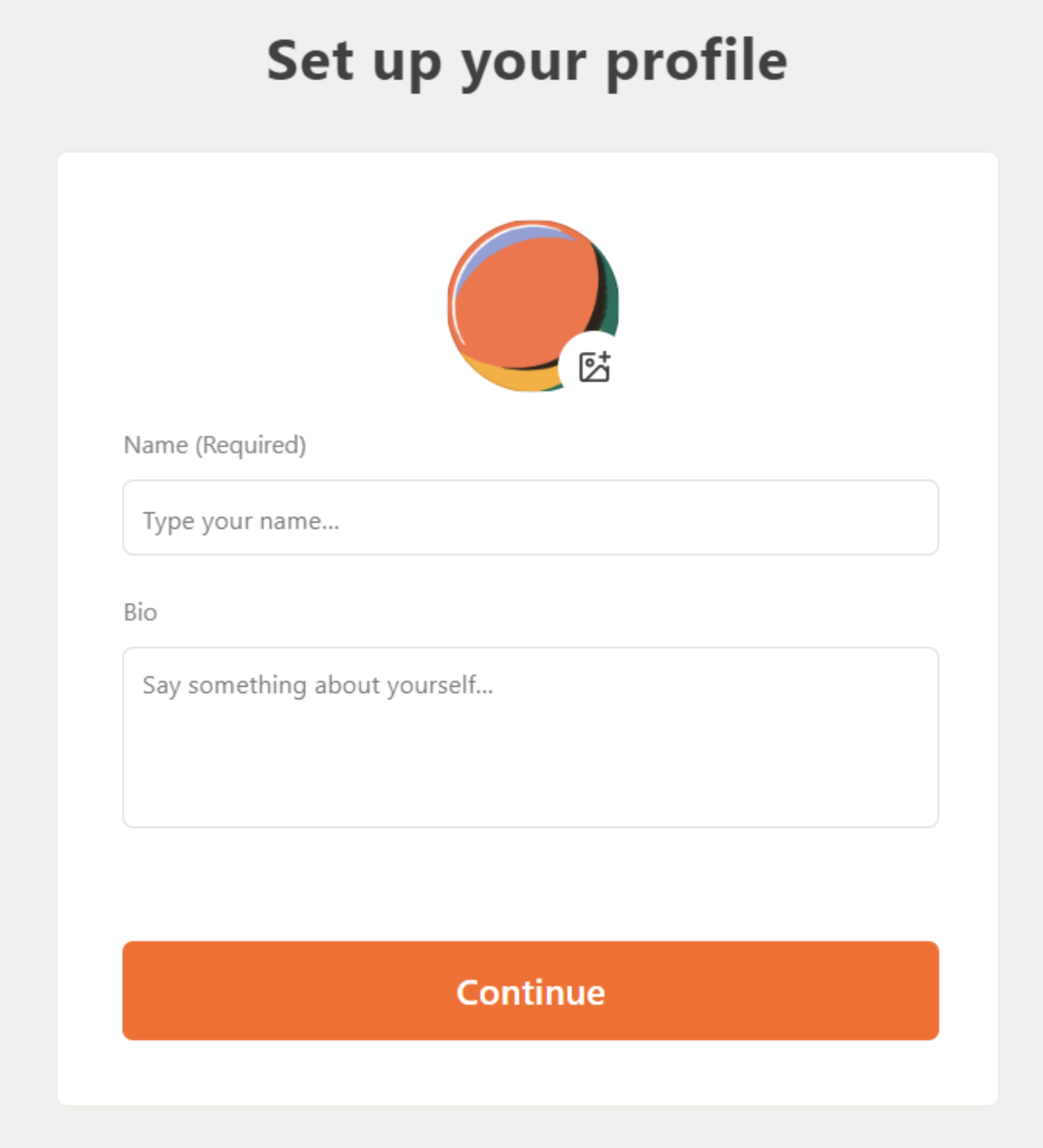
Begin at substack.com. You’ll be asked to provide a site name, create a personalized URL, and write a short bio. This is your public profile, so use it to showcase your personality and value.
Need help crafting a memorable tagline? Try using an AI slogan generator to refine your messaging.
Add branding features, such as your logo or an image, and then link to your website, social media, offer pages, etc. This is the page that new readers will see before they choose to subscribe, so be welcoming and point them toward it.
2. Customize Your Look
Substack keeps things simple when it comes to design, which is great if you’re not a designer. You can tweak your newsletter’s appearance by choosing:
- A font that matches your tone
- Color accents for headers or branding
- Your logo and byline
The vision is minimalist to start, but it is part of the design. It highlights your writing and ensures your newsletter looks great no matter where it’s read – via email, online, or in the Substack app.
3. Plan Your Strategy
Before publishing anything, pause and map out your content strategy. A little planning goes a long way in keeping your newsletter focused and consistent.
Here’s what I recommend:
- Define your content pillars – these might be recurring themes or types of content (such as productivity tips, niche commentary, and interviews).
- Decide on your format mix – Will you put out text posts, will you embed videos, will you start a podcast?
- Choose your frequency – say, weekly or biweekly – to start. Daily is terrific if you are an experienced Substack user, but it’s not always sustainable in the beginning.
Clarifying your brand positioning at this stage helps align your content with long-term audience expectations.
If you’re building a business newsletter, aim for value-driven content that balances education with personality. This step will also shape how you attract subscribers and eventually monetize.
4. Publish Your First Post
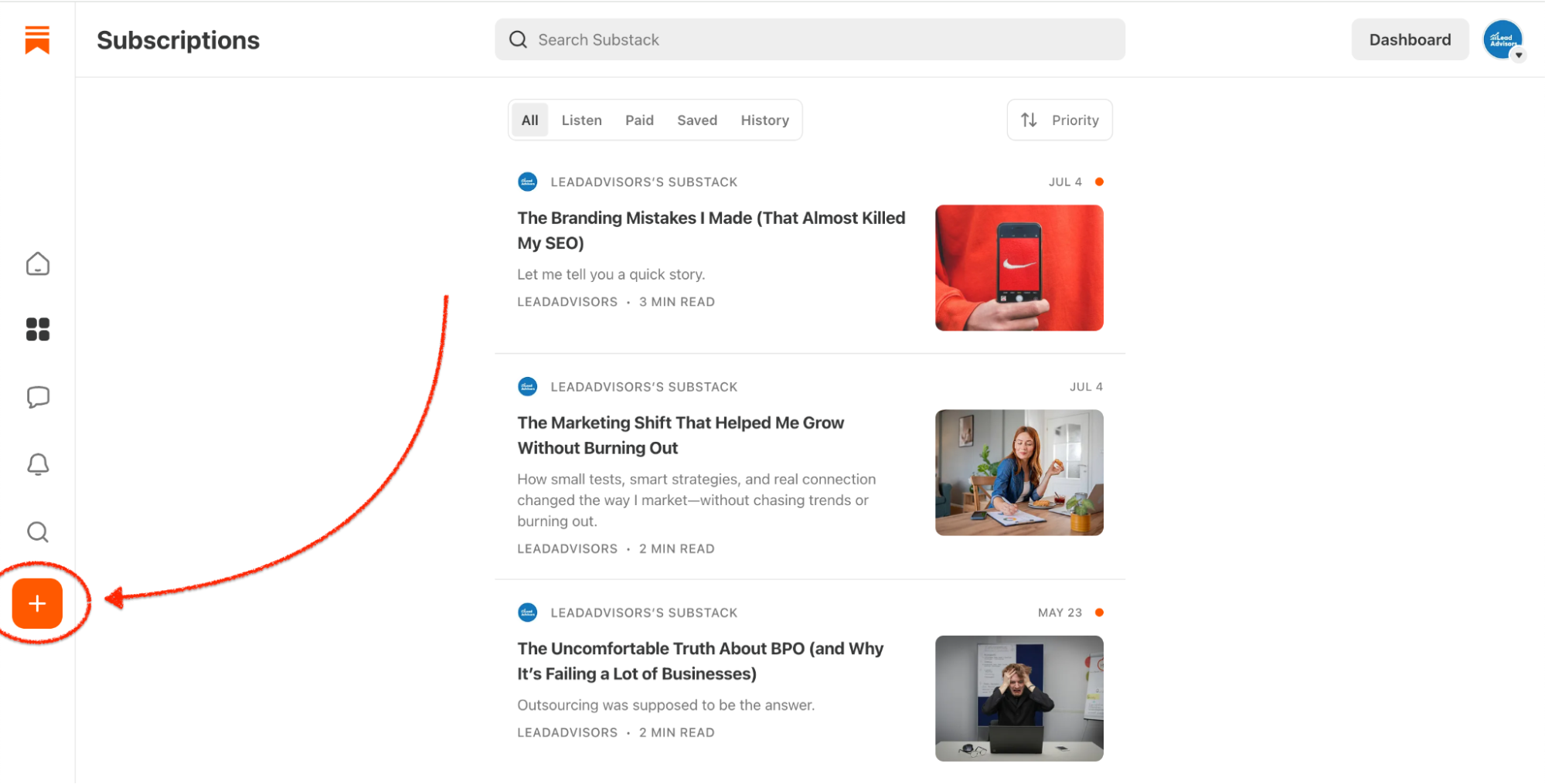
Now it’s time to make your entrance. Your first post sets the tone for everything that follows. Think of it as your welcome message – a mix of storytelling and a value promise.
Here’s what to include:
- Who you are and why you’re writing
- What can readers expect in future posts?
- How often do you publish
- A clear invite to subscribe (especially if you’re offering paid subscriptions down the line)
This is your chance to build trust from day one, so be human, not perfect.
5. Share Your Newsletter
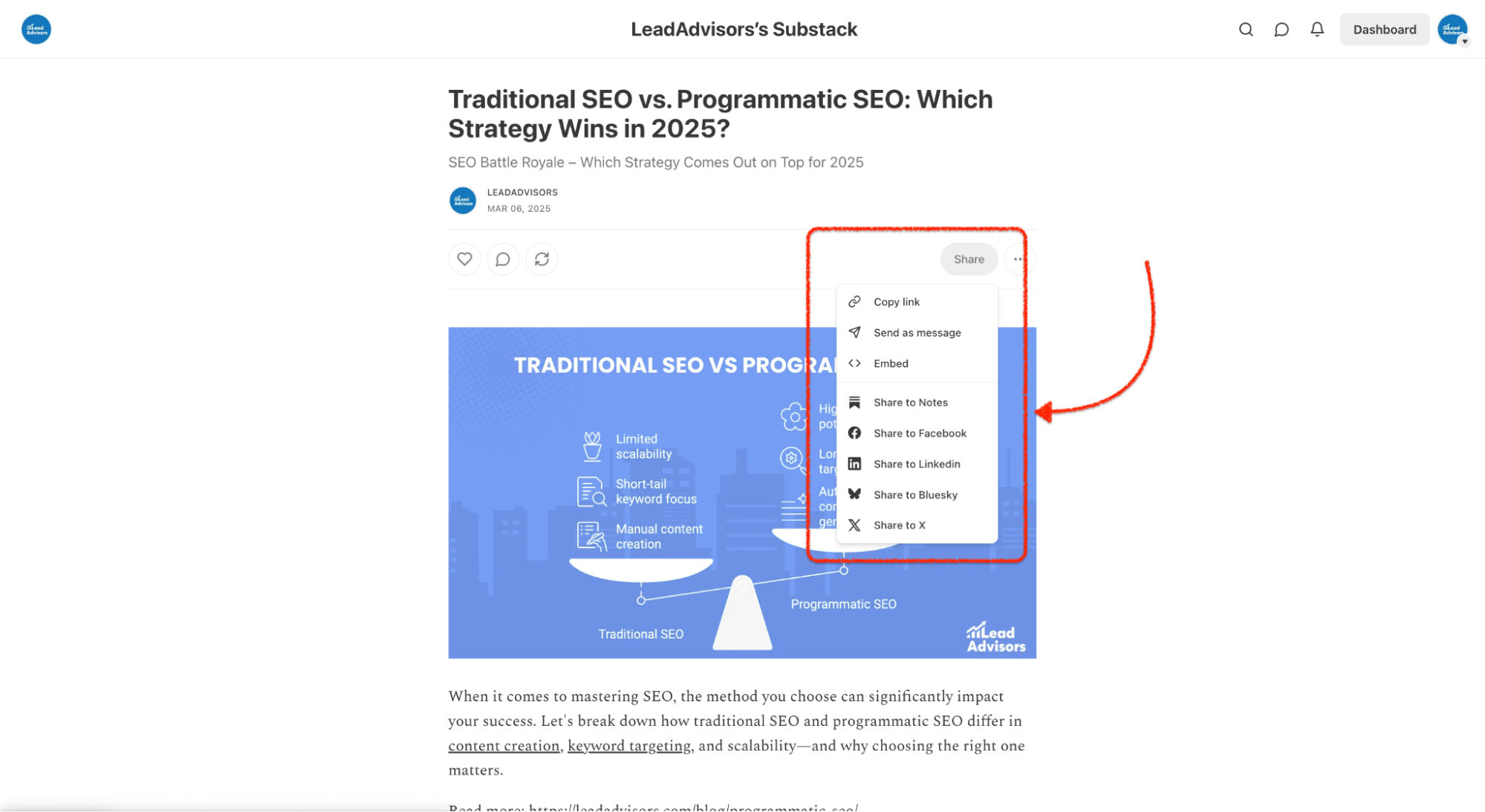
Publishing is just half the work – promotion matters too. To grow your email list, you need to tell people your Substack exists.
Try these channels:
- Support your Substack e-newsletter on your social media channels (LinkedIn, Twitter, Instagram, Facebook)
- Include it in your email signature.
- Link it from your website, landing pages, or blog.
- Reach out to other writers for shoutouts or collaborations.
You can also explore broader exposure through media coverage opportunities to amplify your brand’s credibility and reach.
You don’t need to be spammy. Just be consistent. Remind people what kind of value they’ll get by subscribing.
6. Engage with Readers
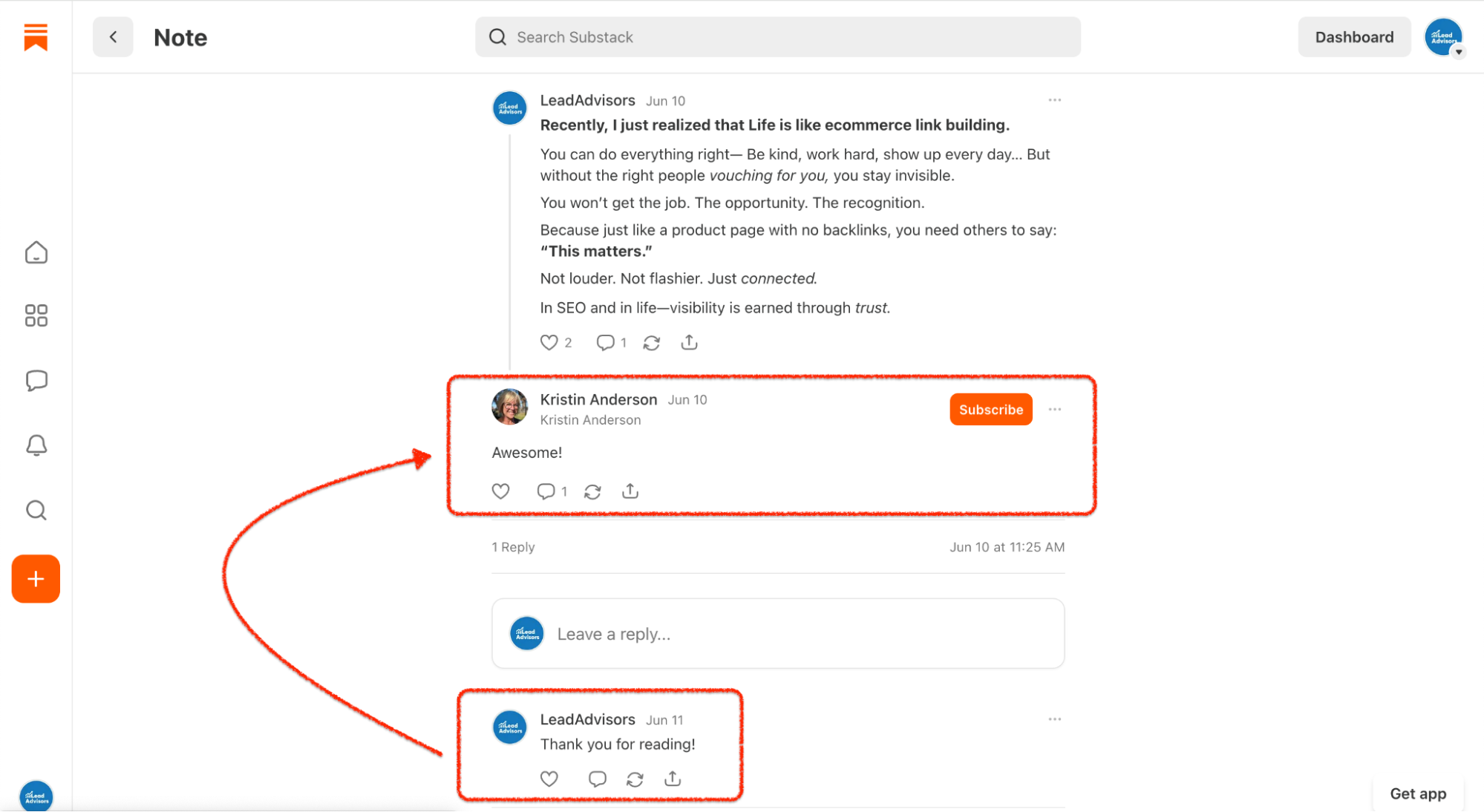
Once your audience starts to grow, the magic is in the interaction. Substack isn’t just a one-way email marketing tool – it’s built for the community.
Here’s how to engage:
- Ask readers to leave comments, and always reply to thoughtful ones
- Use Substack Notes to post mini-updates or share relevant links.
- Start real-time convos with Chat to make your newsletter feel more like a circle than a soapbox.
This is what keeps readers coming back – not just the content, but the connection.
7. Review Analytics
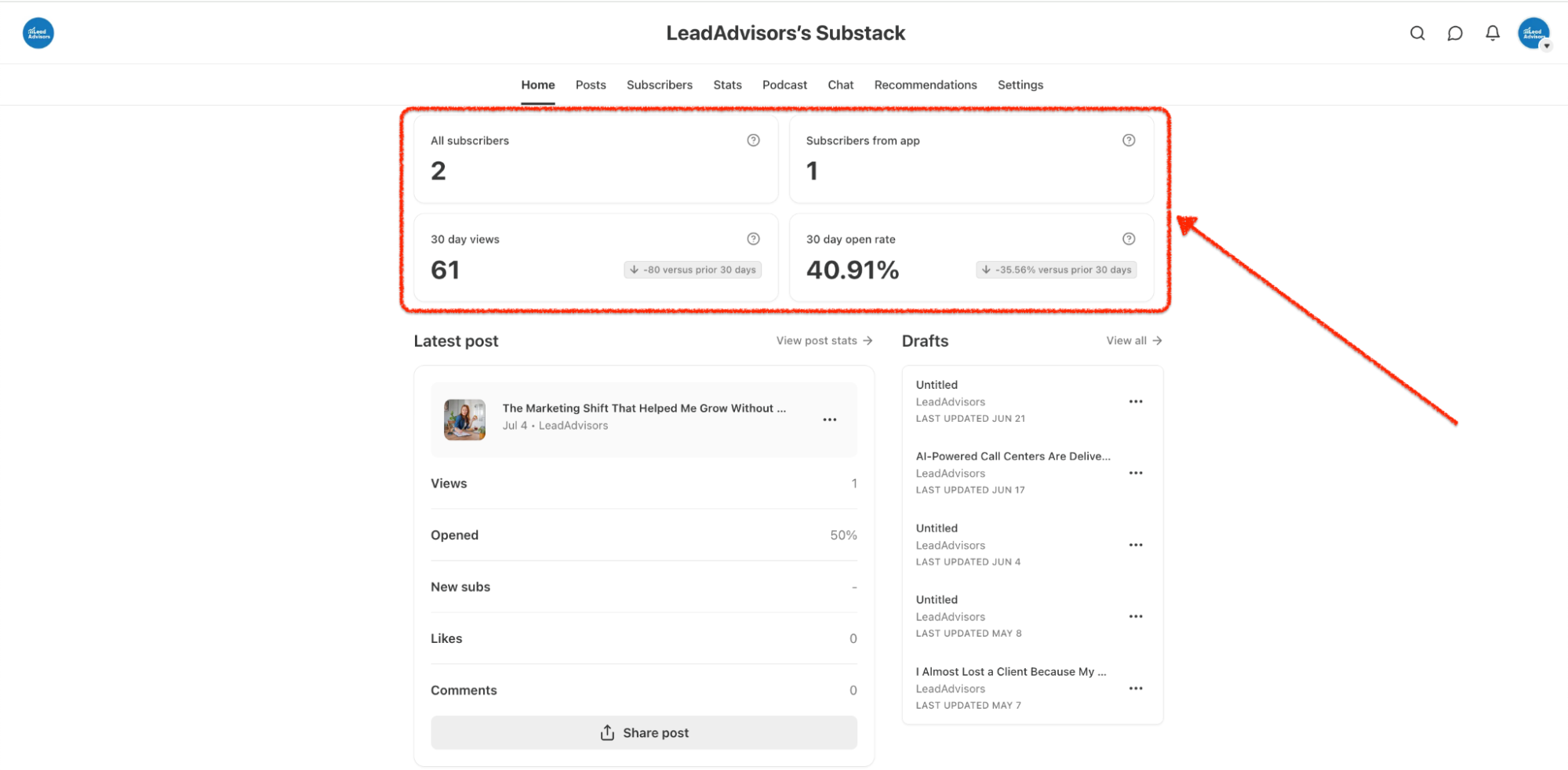
Finally, take time to understand what’s working. Substack provides simple, clear analytics inside your dashboard.
You can monitor:
- Open rates to see how engaging your subject lines are
- Subscriber list growth to understand what’s driving signups
- Top posts, so you can double down on what will resonate
With this information, refine your strategy, test new content types, or even adjust your pricing if you see demand for paid subscriptions.
The Two Core Content Models on the Substack
Substack gives you the freedom to shape your content around your goals – whether you’re here to share personal stories or build a subscription-based business. Most successful newsletters tend to follow one of two paths: Author-First or Topic-First.
1. Author-First Model
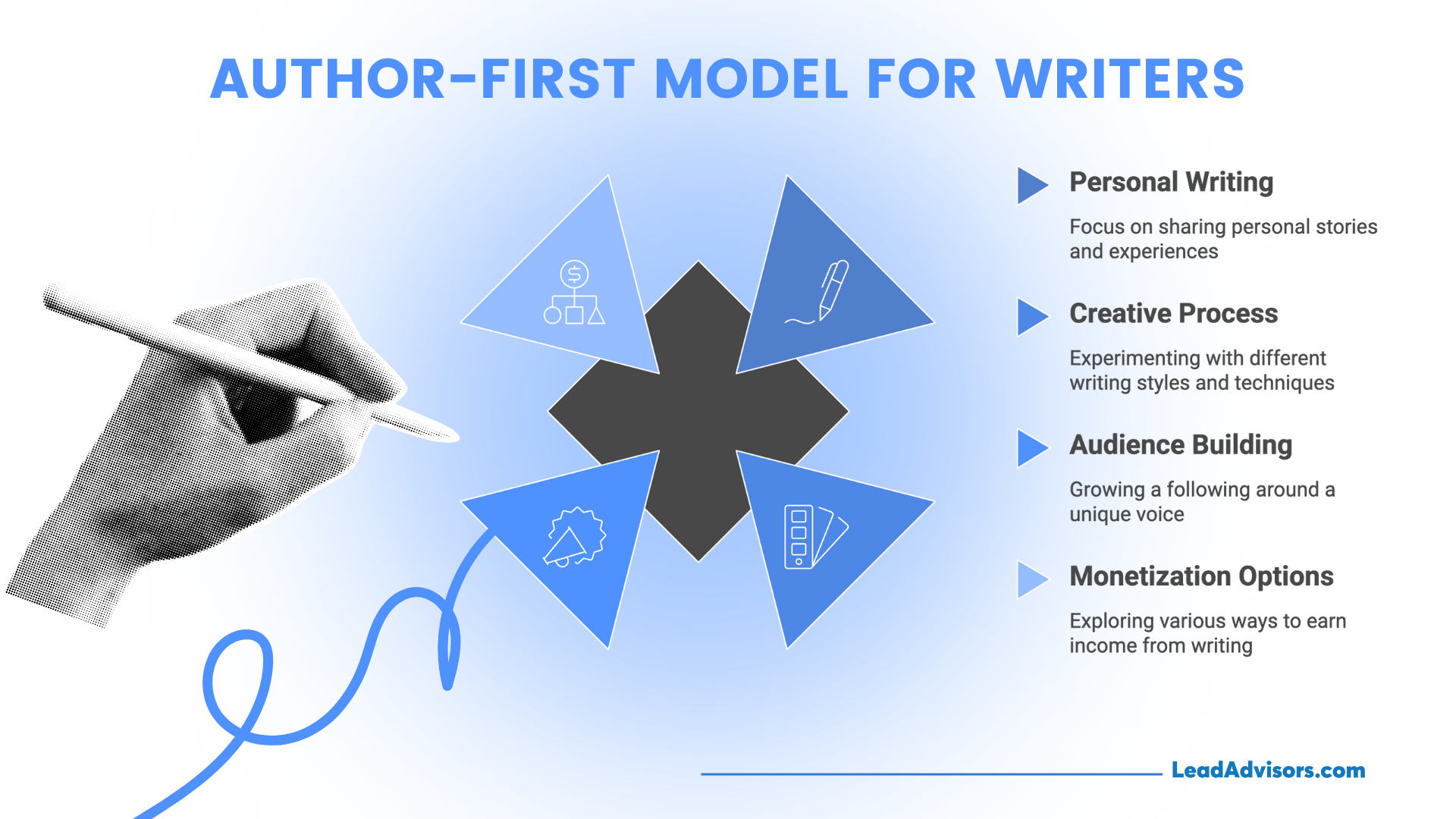
This is the route I began on, and if you’re attracted to writing as self-expression, there’s a good chance it’s your sweet spot, too.
- Focus: The center is on you – your persona, your stories, and your creative process. This is the ultimate model for sharing personal writing, trying out different styles, or cementing a following for your voice.
- Monetization: Optional. Some Substack writers in this model accept paid subscriptions or even small perks for paying subscribers, but that’s often a secondary concern when building up an audience.
- Best for: Novelists, Poets, Memoirists, Multi-genre writers, or any writer who wants to create writing practice without being pressured to monetize their work right out of the gate.
You can still make some money through tips, free subscriptions that eventually lead to paid ones, or, occasionally, by expanding into books or merchandise. The goal here is to create a connection, not necessarily chase revenue from day one.
If you’re looking for real-world inspiration, these best blog examples show how diverse writing styles can attract loyal audiences.
2. Topic-First Model
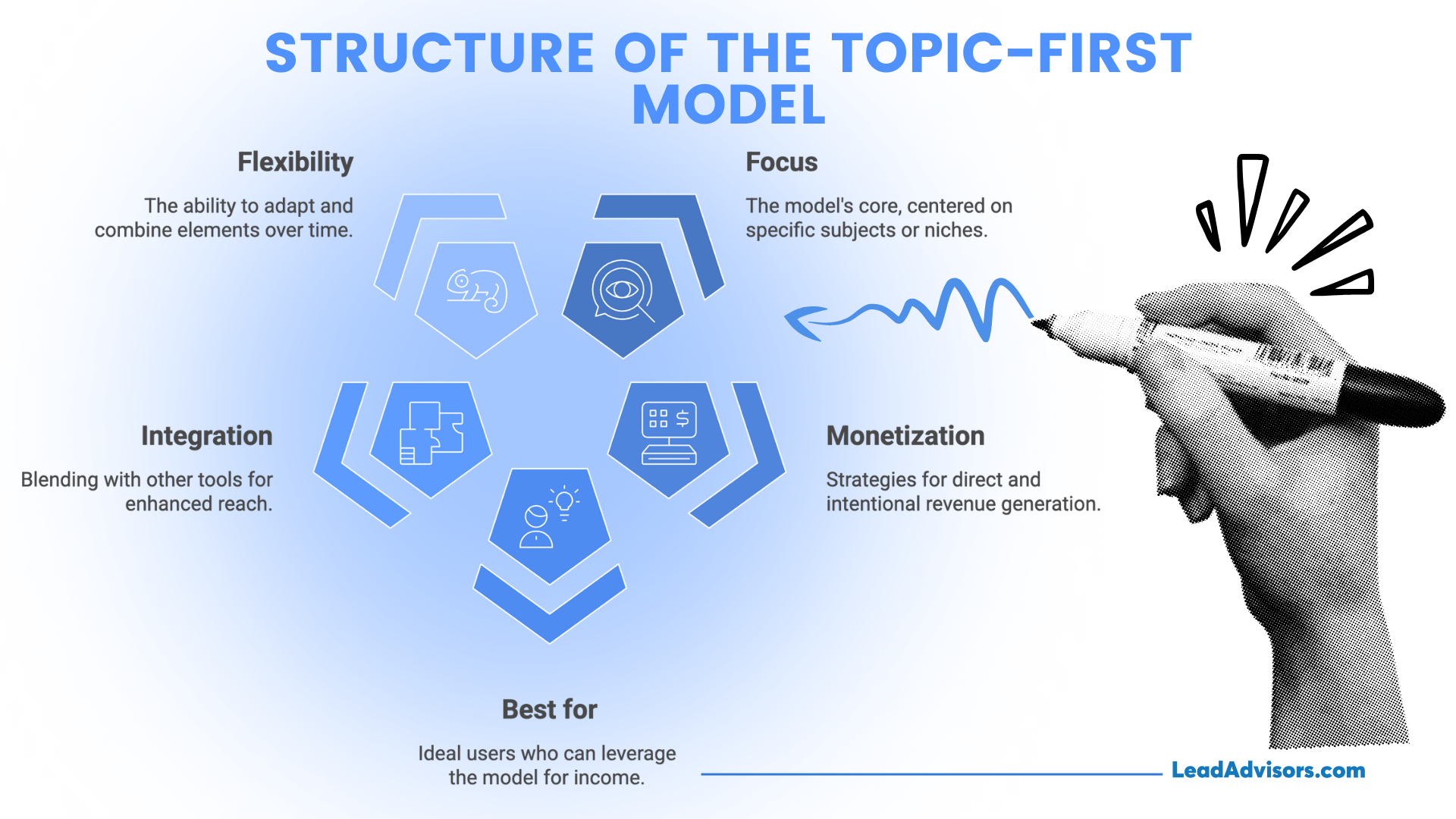
If you want to grow a business newsletter, monetize your digital content, or become the go-to voice in a niche, this is for you.
- Focus: This model focuses on a particular subject or niche – AI trends, parenting tips, marketing hacks, tax advice – and is aimed at readers who want the deeply concentrated, action-oriented insight it offers.
- Monetization: More direct and intentional. Most creators in this model will also send out periodic gated content, paywalled posts, segment their list, or offer paid posts.
- Best for: Consultants, educators, journalists, or industry leaders who want to turn their expertise into a monetized, subscriber-based income stream.
It tends to mix best with email marketing, landing pages, and third-party platforms or tools for extra reach. It’s organized, strategic, and engineered to multiply your subscription revenue.
Whether you’re writing from your heart or trying to build a niche content engine, that’s a product that lets you do both tasks – and, along the way, enables you to pivot between approaches or blend them into some sort of matrix.
How to Grow Your Substack Audience
You’ve built your newsletter – now it’s time to bring it to more readers. You don’t need paid ads or gimmicks to grow your Substack audience. In practice, the platform itself has many tools built in to help creators grow organically. Here’s how to use them – plus a few tried-and-true strategies from my own experience.
1. Use Substack’s Built-In Recommendations
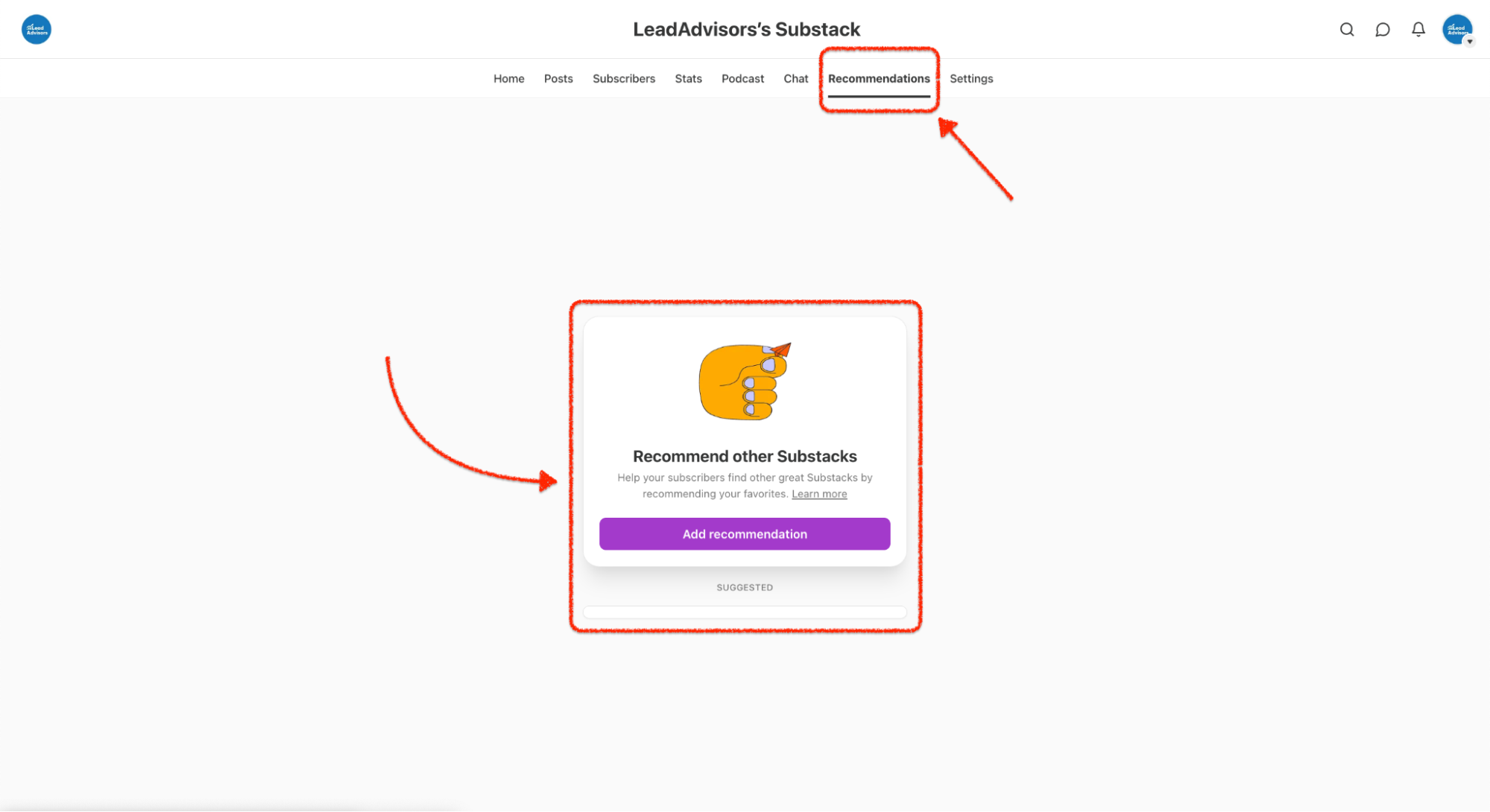
Substack has a smart Recommendations system that lets other writers suggest your newsletter to their subscribers. When someone subscribes to a writer who’s recommended you, they’ll see your newsletter as a next step, like a warm intro from a friend.
This works especially well when you’re connected with other writers in your niche or genre. It’s one of the most powerful growth levers for Substack users, and it doesn’t cost a thing.
2. Tap Into the Referrals Program
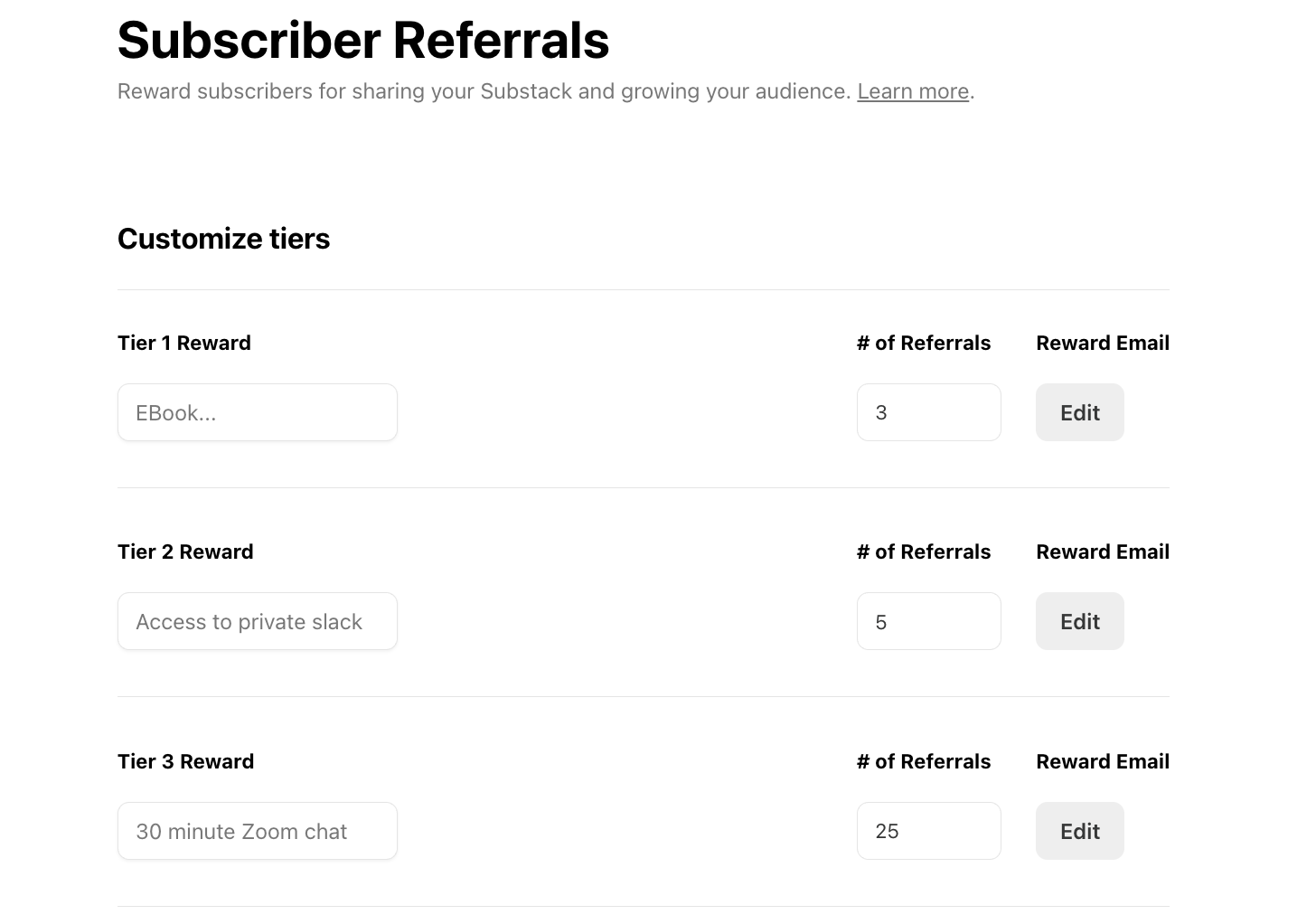
If you’re using paid subscriptions, Substack’s Referrals feature lets you reward current subscribers for bringing in new ones. You can offer perks like shoutouts, exclusive content, or even comped months.
It’s a clever way to grow while giving your community something in return. Plus, referral incentives build loyalty and add a little excitement to your growth strategy.
3. Publish Consistently
This might sound obvious, but it matters: Weekly newsletters show the strongest growth correlation. Readers stick around when they know they will get something at set times, and the platform rewards frequency.
Whether it’s every Friday morning or every other Tuesday, find a cadence and stick to it. Your listeners will come to trust you, and then subscribe to you.
4. Collaborate with Other Creators
Don’t grow in a silo. Reach out to other writers in your space and propose:
- A guest post-swap
- An interview feature
- A cross-promotion or shoutout
This not only exposes you to new subscribers but also builds credibility through a shared community. Substack is more collaborative than competitive, and this approach works.
5. Use Substack Notes for Discoverability
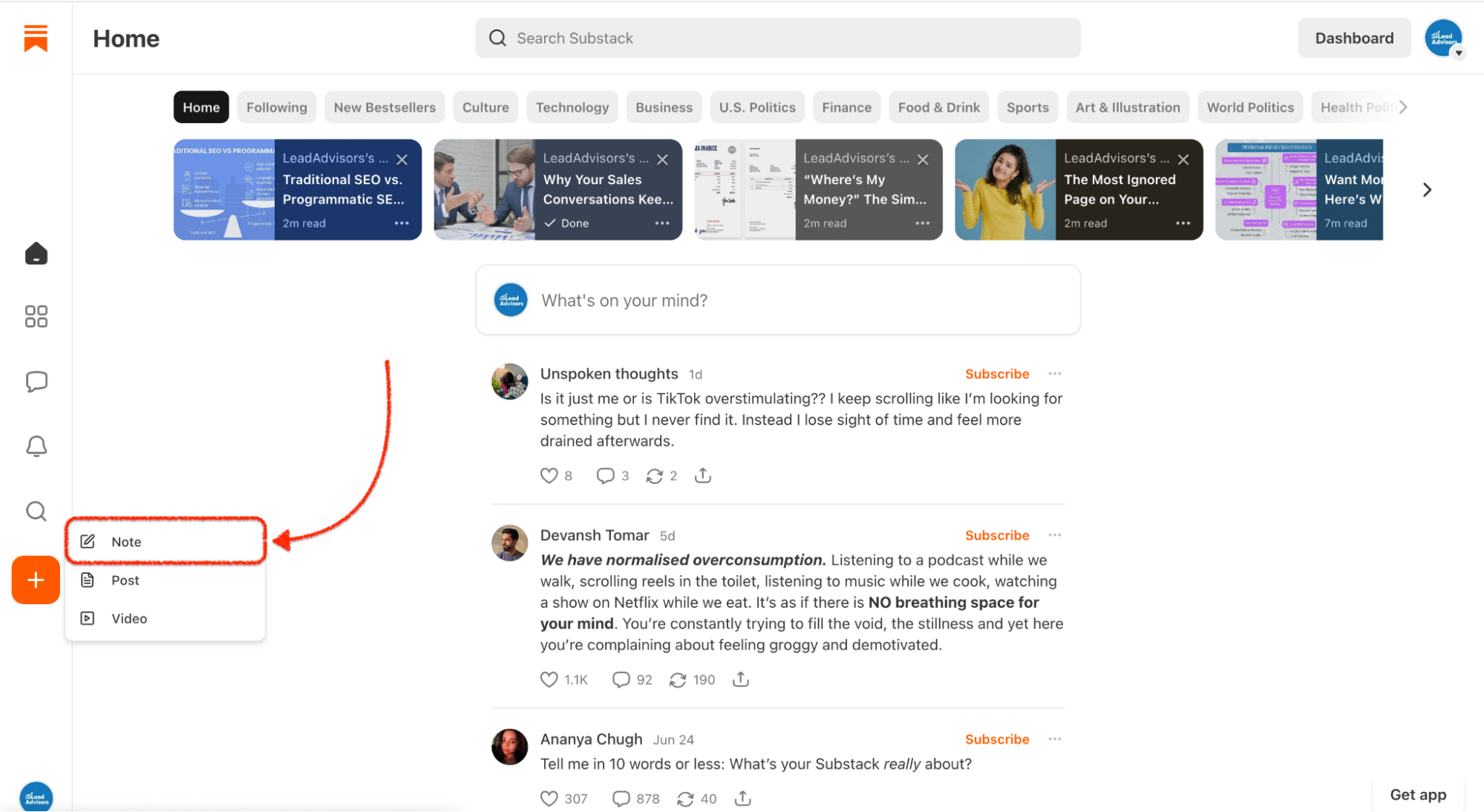
Substack Notes lets you share quick thoughts, links, or behind-the-scenes updates more casually – think Twitter, but built for writers. The cool part? Your Notes are discoverable by readers who haven’t subscribed to you yet, making them a powerful tool for growth without flooding inboxes.
This is perfect for lightweight, frequent updates that keep you visible and relevant between main newsletter posts.
6. Import Your Existing Email List
Do you already have a following from another email marketing platform? You can migrate them over in minutes. Substack makes it super easy to import your email list from platforms like Mailchimp, ConvertKit, or even a CSV export from your website.
This helps you hit the ground running and ensures your most loyal readers stay with you as you grow.
Growing your Substack newsletter requires consistency, community, and smart use of the platform’s tools. You don’t need a huge following to start – just a thoughtful approach and the willingness to keep showing up.
How to Make Money with Substack
Now you’re eager to turn your Substack newsletter into a business. Good news: The platform makes it easy to get in on the action, but timing and strategy are key. Let’s explore how to make money in a sustainable, subscriber-friendly way.
1. When to Introduce Paid Subscriptions
Here’s the truth: jumping into paid subscriptions too early can backfire. Substack works best when readers already know, like, and trust your content.
A good rule of thumb? Wait until you have at least 500 free subscribers before launching paid. That gives you enough of an audience to test pricing, get feedback, and convert a percentage into paid subscribers without pressure.
Trust is your best currency on Substack – and it takes a few consistent posts to build.
2. Choose Your Pricing Tiers Wisely
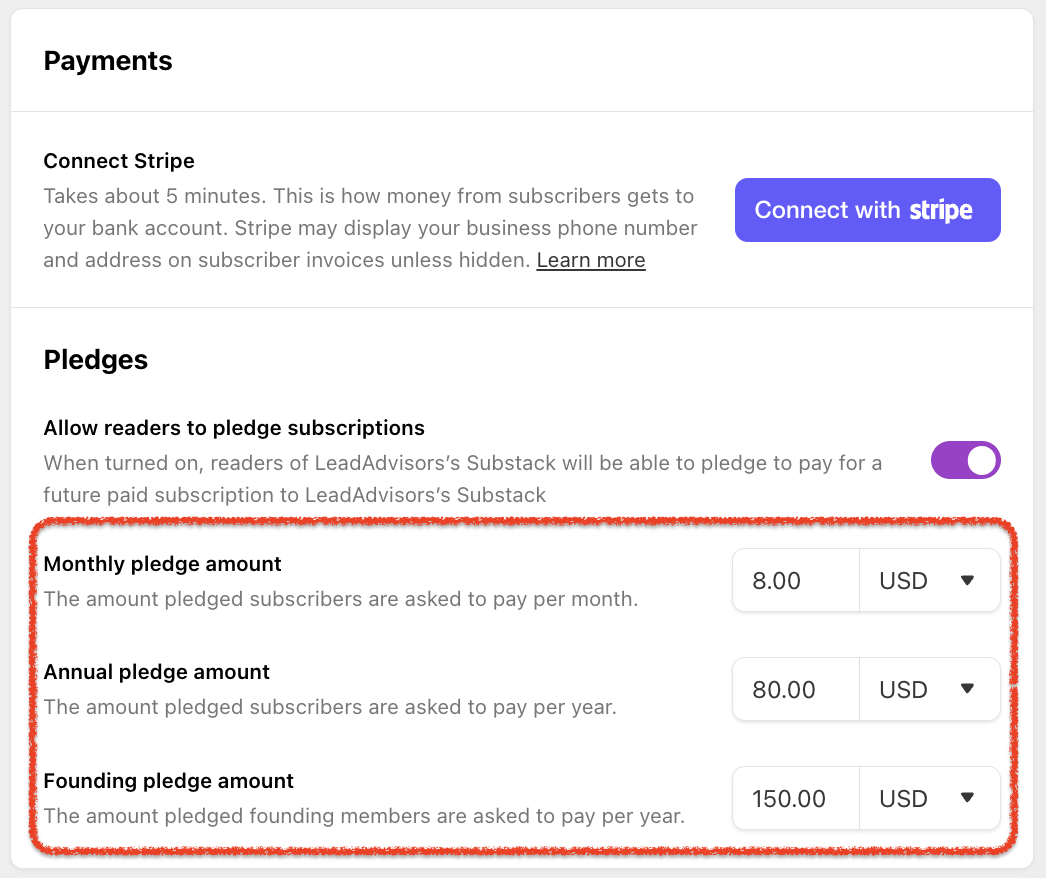
Substack gives you flexible pricing options when you’re ready to monetize. Most creators start with:
- Monthly: At least $5/month, although many charge $7–$10, depending on the actual value
- Annual: Sometimes with a discount for the whole year (eg, $8 a year, not $7 a year)
- Founding Member: A premium tier for superfans, it’s usually $150 to $250 a year, best for those who want to support you at a higher level
These tiers let you segment your audience while rewarding your most engaged subscribers.
3. Monetization Strategies That Work
The best content creators don’t just slap a paywall on everything – they use strategy. Here are some proven models I’ve seen (and used):
- Gated content: Save your absolute best articles/bonus materials/deep dives for paid subscribers only
- Free previews: Allow readers to test premium content to persuade them to upgrade
- Early access: Share a post or podcast a few days early just for paid readers
- Bonus episodes or behind-the-scenes: Ideal for video creators or podcasters
- Pledge model: Substack allows readers to “pledge” ahead of you, enabling payments, a soft launch to gauge interest
These techniques align closely with proven growth marketing strategies focused on retention and sustainable audience development.
You can mix and match these depending on your goals, content type, and what your community values most.
4. Understand Substack’s Fees
Let’s talk numbers. When readers sign up, Substack takes a 10 percent cut of all paid subscriptions, and payments are processed through Stripe, which takes about 2.9 percent + $0.30 per transaction.
Sure, there are platform takes and Stripe fees, but when you consider you get publishing, email marketing, payments, analytics, and a subscriber list all under one digital roof, it’s probably still a good deal for most creators.
Monetizing your Substack isn’t the same as gating everything behind a paywall – it’s providing value in a manner that readers will gladly support. Begin small, iterate frequently, and scale at your speed.
Substack Best Practices for Retention & Revenue
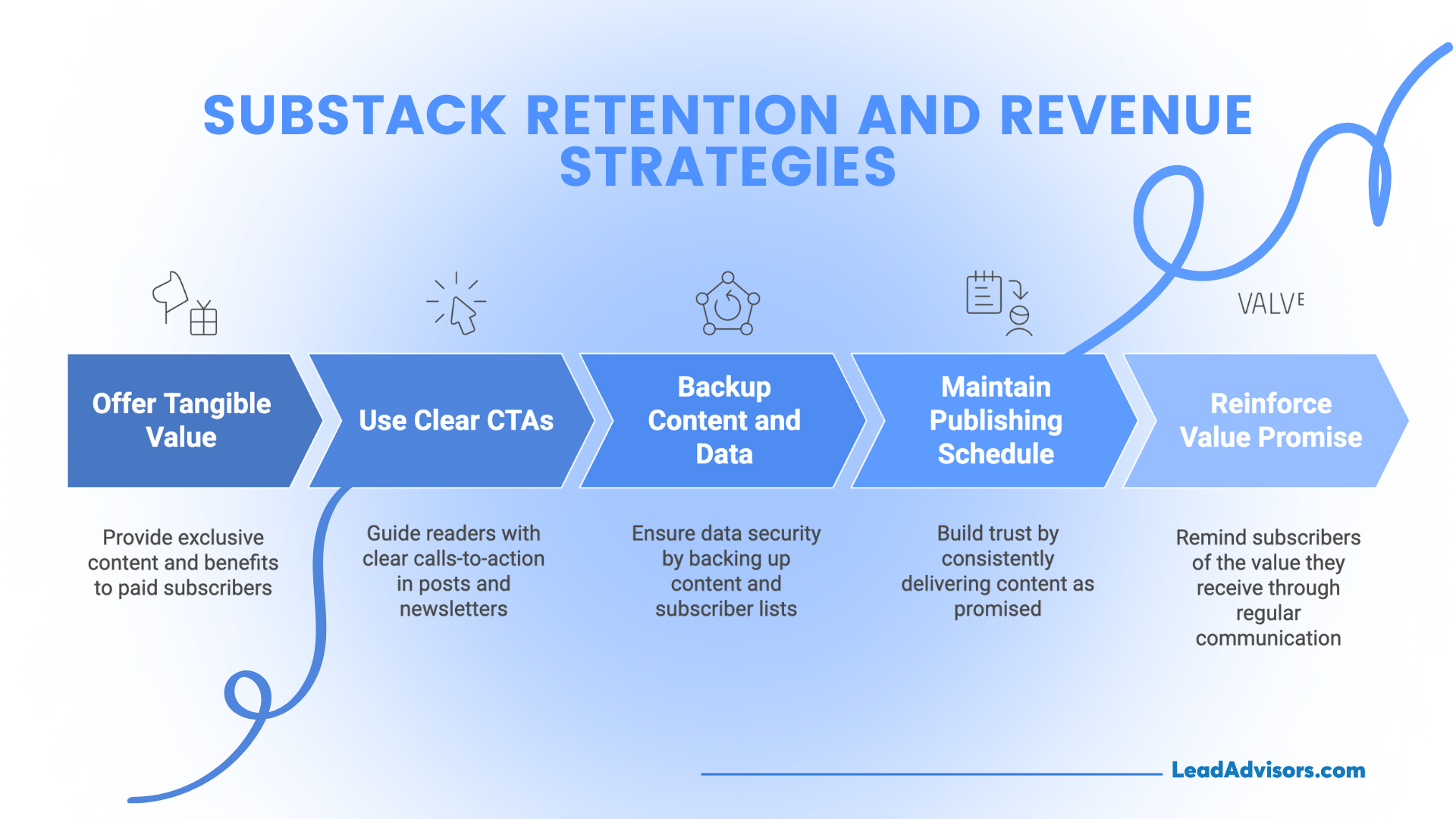
Getting subscribers is one thing. The real effort comes in keeping them – and turning them into paid subscribers. If you’re serious about expanding your subscription revenues and earning trust over the long term, here are some best practices that make all the difference.
1. Offer Tangible Value to Paid Subscribers
It’s not enough to ask people to pay – you must make it feel worth it. Think about benefits, not just content. Provide early access, bonus episodes, behind-the-scenes looks, or exclusive posts that are beyond your free content.
The more tangible the benefits, the more likely you’ll be able to keep your Substack subscribers.
2. Use Clear, Consistent Calls-to-Action (CTAs)
Don’t assume readers know what to do next. Use clear CTAs like:
- “Subscribe to read more.”
- “Become a paid member to access the full content.”
- “Upgrade your subscription for exclusive interviews.”
Substack makes it easy to add these at the end of your posts or in strategic spots throughout your newsletter. Guide people through your platform and make the next step obvious.
3. Don’t Rely Fully on One Platform
Substack is amazing, but like any other platform, you don’t own it. What you do own is your email list. So:
- Back up your content externally (Google Docs, Notion, personal website, etc.)
- Export your subscriber list regularly, especially as it grows.
- Keep a backup of paid subscription data and contact info, just in case
This isn’t about fear – it’s about staying in control of your digital presence.
4. Stick to Your Publishing Schedule
If you say in your marketing that you’ll send a weekly Substack newsletter, actually send one. If you publish monthly, even better, but make sure your readers know what to anticipate.
Transparency builds trust. If your subscribers know when you post content, they will be more likely to stick around and keep paying for their subscriptions.
5. Reinforce Your Value Promise Often
Every few weeks, reset for readers what they’re getting and why it matters. Whether it’s through Substack Notes, your welcome email, or a recurring CTA at the end of your newsletter, don’t be shy about reiterating your mission.
Think of it as marketing, but to people who already believe in you. It’s how you convert the casual reader into a dedicated, paying member of your community.
You don’t need complex funnels or tools for retention. Just clarity, consistency, and a real connection with your audience. Treat your readers like people – not just subscribers – and they’ll return the favor.
Substack Limitations to Be Aware Of
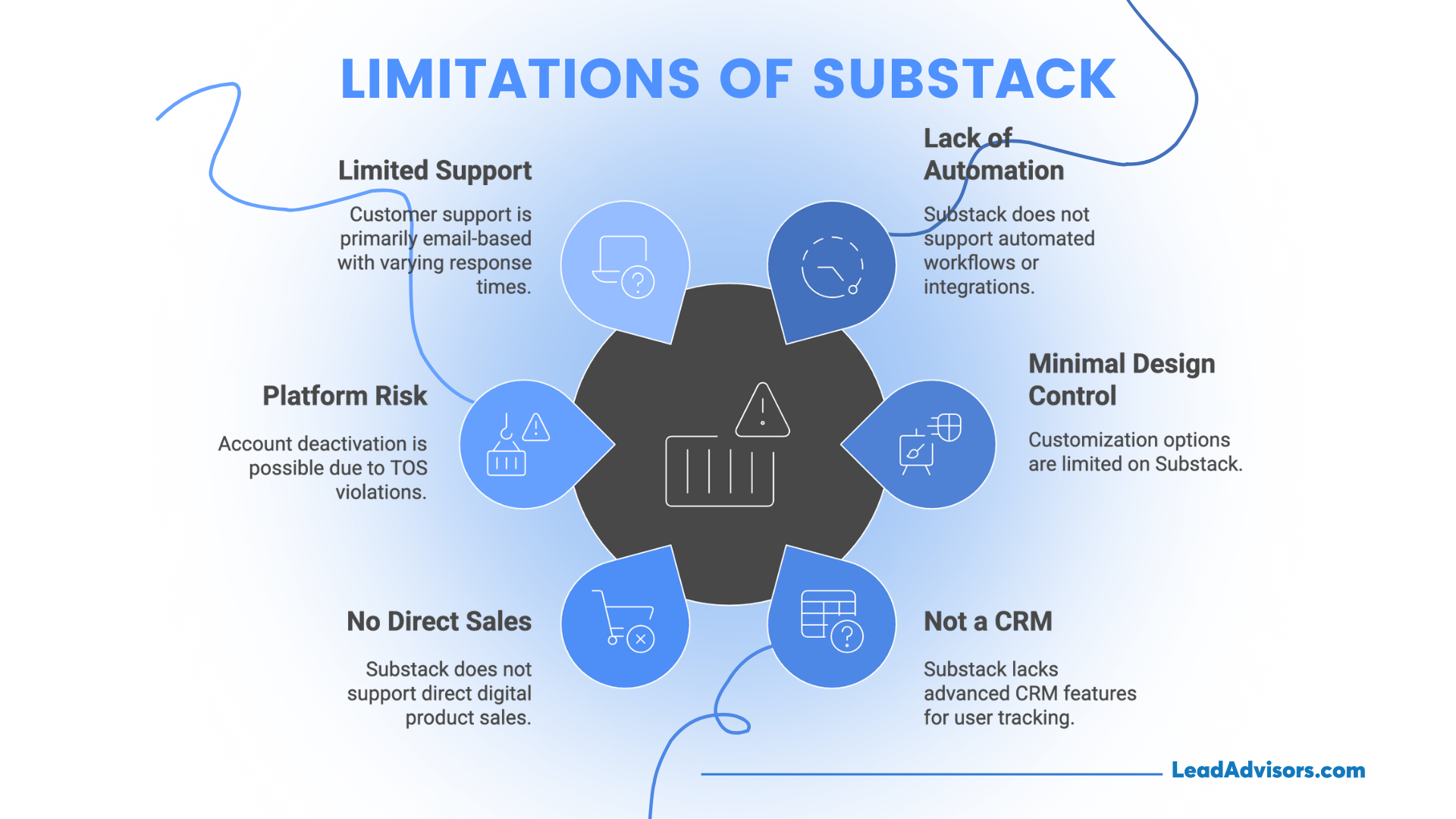
Substack is a fantastic service for writers and creators, but it’s a platform, which means there are trade-offs. If you are treating it like a more robust email marketing suite or CRM, you may hit some limitations. Here’s what to keep in mind before going all in.
No Automation or Integrations
If you’re used to creating welcome sequences, lead magnets, or hooking things up to other tools via Zapier, that can feel like a limitation. Substack provides neither automated flows nor API access – you’re on your own for everything from customer onboarding to upselling.
This can slow things down for more advanced business or marketing users looking for scale.
Minimal Design Control
Your newsletter on Substack will be clean and professional, but not as customizable as you might like. You can’t 100% adjust the layout, color palettes, and the advanced landing pages. If you’re a designer or brand-centric content creator, this simplicity could be seen as a creative limitation.
Not a CRM or Full Email Marketing Tool
Substack is not for tracking every little bit of user behavior or segmenting your email list like platforms such as ConvertKit or ActiveCampaign, for instance. It’s missing a way of tagging songs, A/B testing, or building a workflow. It works beautifully for publishing but not for nurturing leads through complex marketing funnels.
No Direct Digital Product Sales
Want to sell an eBook or online course? You’ll need a workaround. Substack doesn’t support native checkout for digital content or one-time service payments. While you can promote offers and drop links, you’ll need to handle payments externally (like Gumroad or Stripe).
Platform Risk and Terms of Service
It’s uncommon, but it happens: If you violate Substack’s terms of service, Substack might disable your account. And because the platform doesn’t provide total data portability, it’s wise to export your subscriber list and content periodically.
You still own your list, but you don’t control how the platform operates.
Limited Customer Support
If something breaks, don’t expect instant help. Substack’s customer service is email-based primarily, so it may be a while before you hear back from them. I have a good help center and community resources, but that just doesn’t seem as good as having a solid support rep.
This can be super annoying if you depend on the tool for consistent publishing and monetization.
The bottom line? Substack is a great fit for solo writers and creators who want simplicity, but it’s not a fully fledged business backend. Learn the boundaries so you can work around them intelligently.
Alternatives to Substack (If You Need More Power or Flexibility)
| Platform | Best For | Why Consider It |
| Ghost | Businesses & Marketers | More design control, better SEO, no percentage cut on subscription revenue |
| Beehiiv | Newsletter entrepreneurs | Built-in ad network, referral tools, and better email list management |
| Kit | Online sellers & educators | Allows you to sell products, courses, and services directly |
| Patreon | Creators with loyal fan bases | Supports tiered memberships, multimedia content, and physical perks |
| Medium | Thought leaders & writers | Great audience reach with built-in discovery and content visibility |
Each tool has strengths Substack doesn’t offer, from deeper marketing integrations to more robust content or sales features. If your business or creative goals require extra power, it’s worth exploring these platforms alongside your current setup.
Is Substack Worth It in 2025?
So, after all this, is Substack still a smart move in 2025
Honestly? Yes – if your primary goal is to write, grow an audience, and monetize through trust. Substack shines for creators who care more about connection than automation. It’s perfect for building a loyal subscriber list, sharing valuable content, and earning from your writing without having to develop a whole funnel or website.
But if your focus is e-commerce, product sales, or advanced email marketing with automation and segmentation… probably not. Substack just isn’t designed to handle that level of complexity, and choking the life out of it to do what it’s not made for is probably only going to frustrate you.
You don’t have to pick only one platform, however. A lot of successful Substack users pair it with other tools:
- Use Substack for writing, free content, and building your community
- Use platforms like Kit or Ghost for marketing, selling products, or offering more dynamic design and tracking.
At the end of the day, Substack is about simplicity, storytelling, and direct support from your readers. If that’s aligned with your vision, then yes, it’s absolutely worth it.
Frequently Asked Questions
Can I schedule posts on Substack?
Can I use a custom domain on Substack?
Is it possible to import content from another platform?
What analytics does Substack provide?
Can I offer discounts or promo codes for paid subscriptions?
Final Thoughts
At its heart, Substack is the content-to-community-to-cash expressway of the creator economy. You don’t need to be famous, tech-savvy, or have thousands of followers – you simply need something to say and the willingness to show up.
Anyone can move from zero to paid subscribers with a strong commitment to strategy and a focus on the readers. Whether you are working on personal writing, niche insights, or intending to launch a full-on business newsletter, Substack has made the process easy.
So here’s my advice. Don’t overthink it. Start simple. Write your first post, share it with people you trust, and build from there. You’ll learn by doing – and your audience will grow right alongside you.
If you’ve been on the fence about launching, this is the moment to jump.



